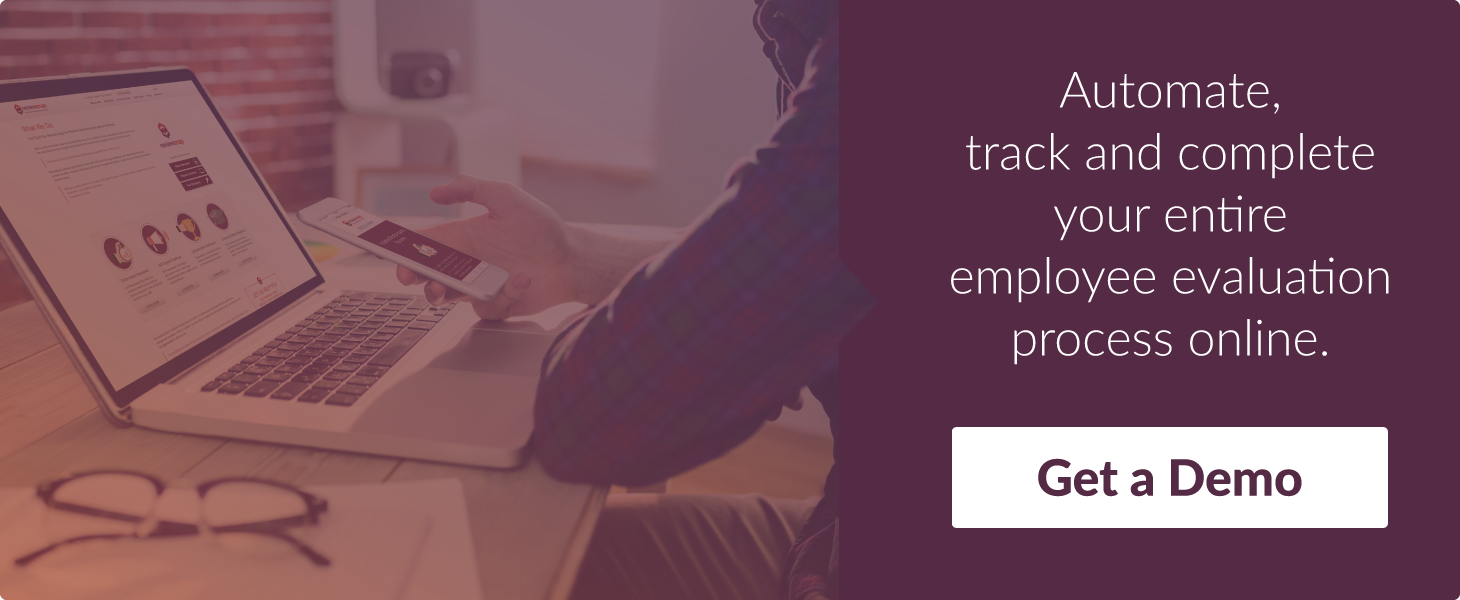Learning Fails: 5 Times Training at Work Didn’t Work

Even companies that train employees and make training readily available to employees often find that much of the resources allocated to training are wasted. They are finding that there’s no measurable or positive correlation in terms of better employee contributions or productivity. It’s because supporting training isn’t enough. Training must be planned and properly managed if it’s going to be successful.
Take a look at 5 of the biggest reasons training fails and how it affects your company in the long run:
1) THERE WAS A LACK OF FOLLOW-UP TO SEE HOW THE CONCEPTS WERE GRASPED.
HR departments create comprehensive programs that no one seems to ever complete. Learning paths are not just something to create, but HR departments need to ensure that staff follow-up to completion. What use is having staff take the introductory programs and then ‘getting too busy’ to complete the balance of the curriculum? The value to the program creation and completion is to shorten the time that it takes for an employee with limited knowledge to evolve into a fully functional member of the team. It generally takes eight months for a newly hired employee to reach full productivity.
Tweet This: How training fails and what you need to do to make it better:
Most training programs lack any type of monitoring or follow-up. Monitoring is not just watching the trainee go through the program, but it’s an actively engaging effort that is time-consuming and very valuable. Everyone should be involved in the learning and training processes of new hires. This includes the HR Department, their direct supervisor and possibly even their peers. Try including pre, mid or post-program testing to help ensure that the appropriate monitoring is happening.
2) THE TEACHING METHOD DID NOT RESONATE WITH THE TRAINEE.
Everyone learns differently. Approximately 65% of the population learns visually, 30% are auditory learners and 5% are kinesthetic learners. Create programs that work best for each type of learner, and before you get to training, find out how the trainee learns best. Personalized training programs are more effective because they allow the trainee to learn in an environment suited to them.
Tweet This: 65% of the population learns visually. Are you catering to all types of learners during training?
Training programs need to be highly coordinated, delivered in a meaningful way and continued in a reasonable time frame. Many courses cram too much information into a short period of time which can make it difficult for trainees to retain pertinent information. Even the best learners can only effectively absorb new information for certain periods of time. Repeated days of long learning hours make many programs ineffective for both the participants as well as the energy level of the instructor. Once you have a program that’s the correct length and easy for everyone to understand, you’ll start reaping the benefits.
3) THERE WAS A LACK OF ORGANIZATION IN THE TRAINING MATERIALS AND METHODOLOGIES PROVIDED.
Sometimes it takes having to teach someone how to do something to realize you haven’t really honed the methodologies needed to be effective. If practices aren’t outlined and documented, training sessions can become a mess! Training programs should get the employees from a completely new concept to nearly mastering it within the timeframe allotted for training. Be prepared!
4) THE TRAINEE DIDN’T FEEL WELCOME TO PROVIDE FEEDBACK.
Not everyone speaks up, not everyone is comfortable in sharing when they don’t understand something. The trainee may be drowning in information or not understanding anything they’re learning and drop out of the job from being overwhelmed.One-third of new hires quit their job after about six (6) months. With 360-degree feedback systems, peer-to-peer feedback is able to be sent through an online system making it easier for new hires to communicate their challenges and issues.
To Do: Set up a formal feedback/rating system so your new hires HAVE to share what is and isn’t working for them. New employees may be too shy to list off what’s wrong with their training session, but giving them the mic to speak up may be the push they need.
Tweet This: How to make your trainees feel welcome to provide feedback:
5) THERE WASN’T A FORMAL PROCESS SET IN PLACE.
When your training program and performance management system are integrated it helps management/trainers accountable. Performance goals can be set based on training initiatives and training/managers can receive feedback in performance reviews, continuous feedback (real-time) to see what they can do to be better trainers before it’s too late. Why wait until the training sessions of a new hire are over to find out the trainer didn’t do it effectively? With a formal process guided by a system, you can measure and demonstrate the impact training has had on employee performance and ensure that the process is actually working.
REMEMBER: Corporate learning and development is exactly that: ‘Learning and Development’. The programs offered should meet those basic criteria at the development stage. Why waste your learning development resources on programs that offer nothing towards the corporate goals? Feel good programs are for the summer picnic and winter party. Aside from those events, all of the training programs should have a specific objective and criteria for delivery and value to the firm.
Ready to link your training and performance together in one cohesive bundle? Sign up for a Reviewsnap demo today!
Recent Posts:


